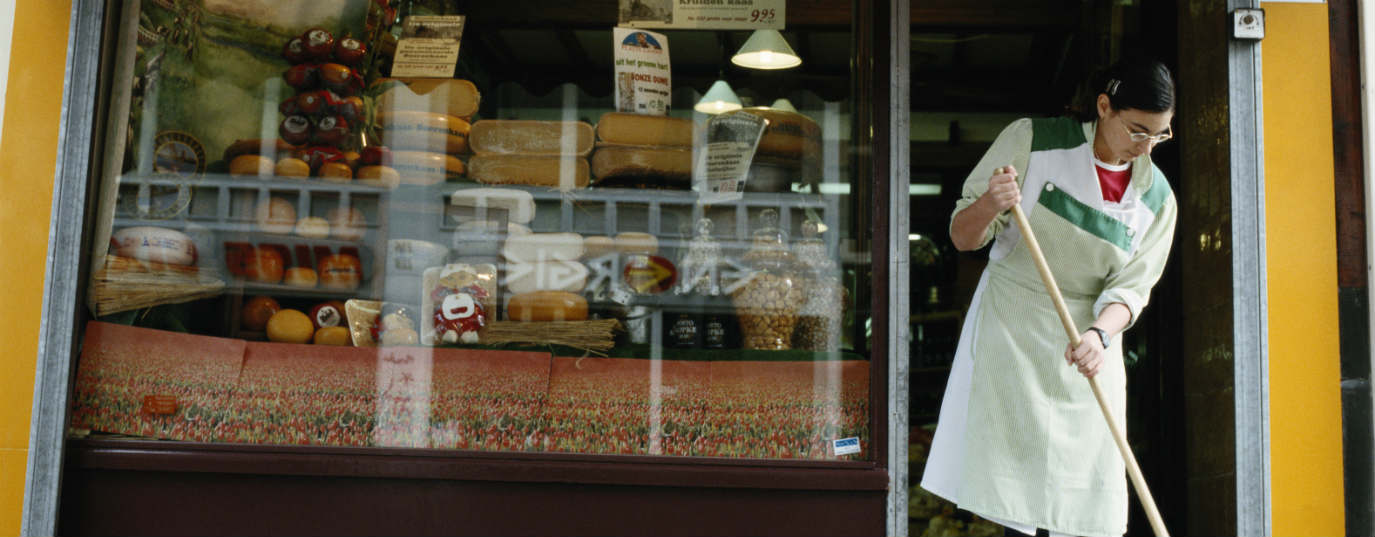Downshifting and collaborative consumption
Downshifting is increasingly present in our society. Do you want to know what it is and how it affects collaborative consumption?"We're surrounded by the "buy now, pay later" credit culture and have forgotten the value of our true earnings. The more money you spend, the longer you need to work to pay for it."
This excerpt from the Downshifting Manifesto written by Tracy Smith explains the main thesis of downshifting and represents a way of life that is ever more present in our consumer society.

What is downshifting?
And what exactly is downshifting? It is a social habit in which people seek a more simplified life based on the rejection of obsessive materialism in order to remove tensions, stress and psychological disorders.
“Remember: the very best things in life are free. Re-learn the value of money and live with what you earn.”
Downshifting does not mean in any case do without the comforts and technological advances that the evolution of the contemporary world has brought to us. It consists, in other words, not living beyond our means and enjoy the free time with our people. The art of living more with less.
“What's the point of a fortune, if you haven't the time to spend it? The most important gift of all is time. Enjoy more time with the most important people in your life.”
This way of life, present in many philosophical trends, began to gain popularity in our time thanks to author John J. Drake and his international bestseller Live longer, work less. Then, the aforementioned Tracey Smith drafted the Manifesto Downshift, a guide to adapt to Simple Living, a trend that societies like the Amish, Quakers, Mennonites and the Shakers already carry out with varying degrees of modernization.
What is collaborative consumption?
This way of understanding life has been improved thanks to the emergence of collaborative consumption, which is nothing more than an economic system based on the sharing and exchange of goods and services through digital platforms, being the most clear example of technological progress at the service of simple lifestyle.

The individualized and unbridled consumerism has evolved towards a moderate consumption of the necessary things prescinding from intermediaries and achieving a significant cost reduction and, in many cases, of the production processes.
What needs and services can we fulfil thanks to collaborative consumption? The range is very extensive and is continually growing; we have internalized many of them. Here are some examples of collaborative consumption:
- Carpooling
- Parking sharing
- Train tickets joint purchasing
- Bike sharing
- Workspace sharing
- Accommodation sharing
- Home exchange for certain periods
- Sale of second hand items
- Pet Care
- Childcare
- Housecleaning services sharing
- Urban gardens food sharing
- Leisure activities sharing
- Book exchange
The ease of access to these platforms is a relief for those who do not consider the option of hiring a service or purchase a commodity but occasionally may be interested in them. And the trend will undoubtedly grow in coming years.
Do you do normally use any of these collaborative consumption platforms? Tell us about it and participate in our poll.
Sources: Expansión, El País, Collaborative Consumption and El blog alternativo.







